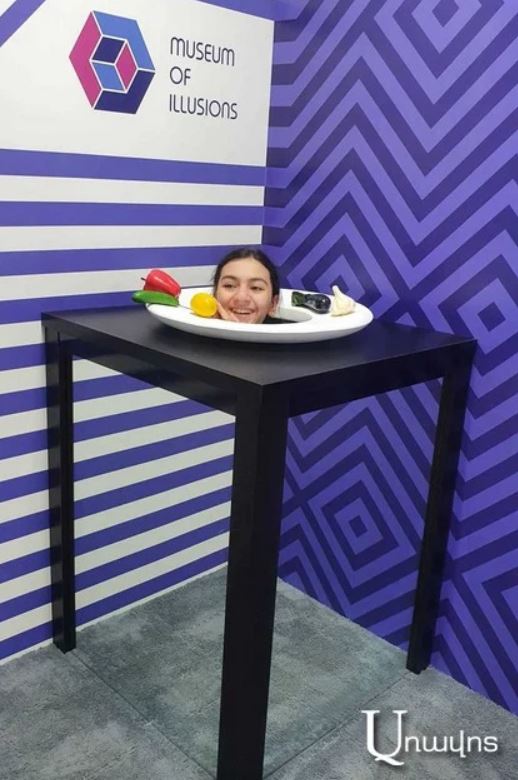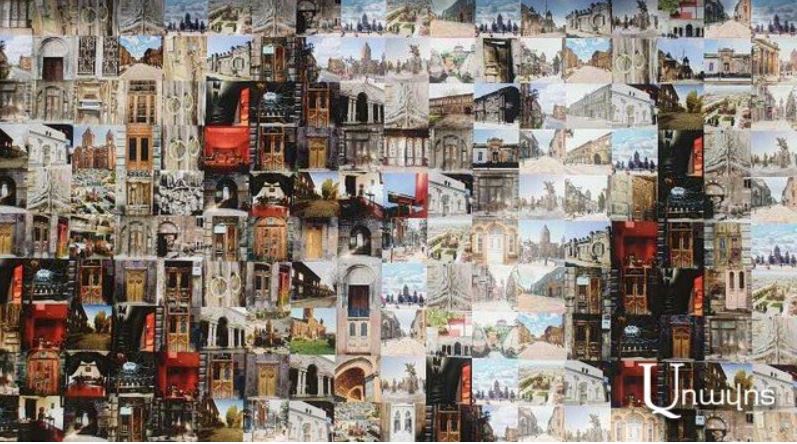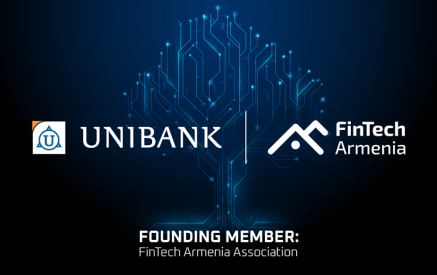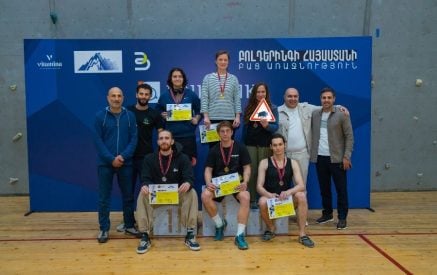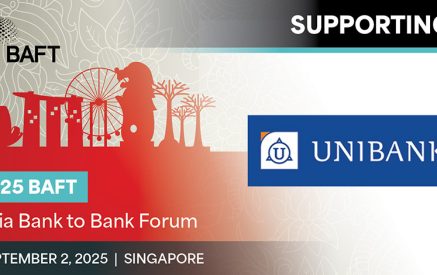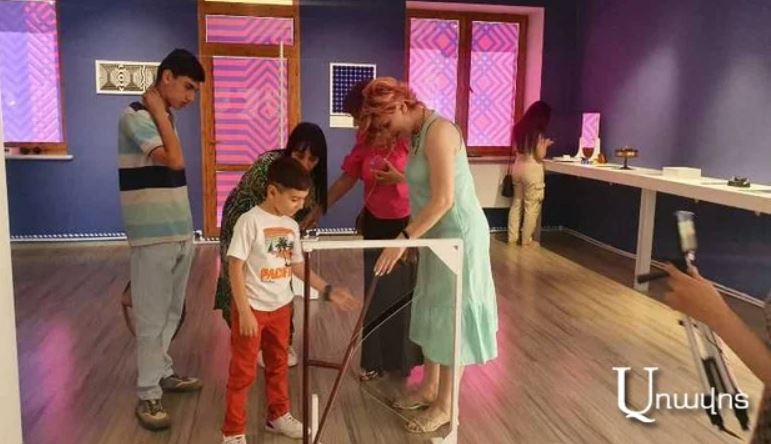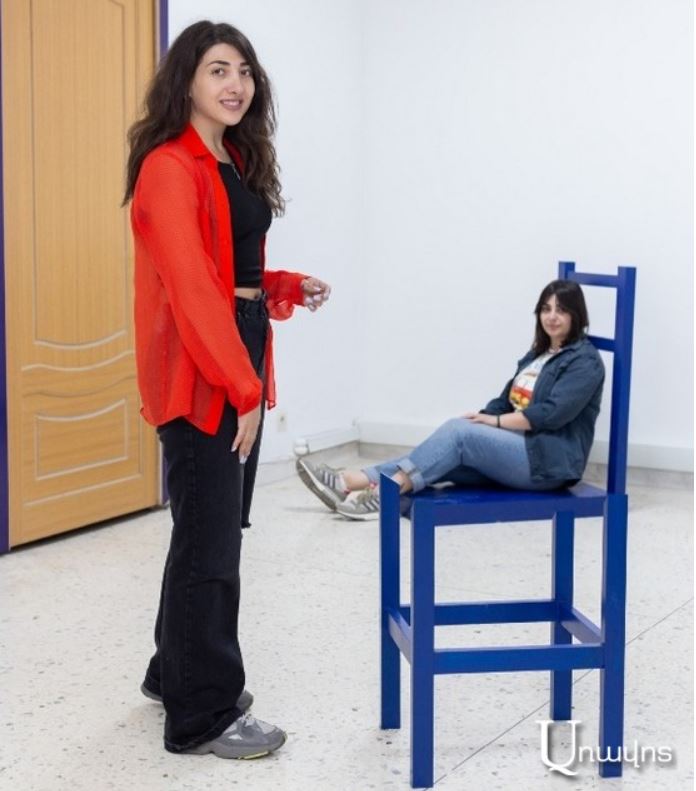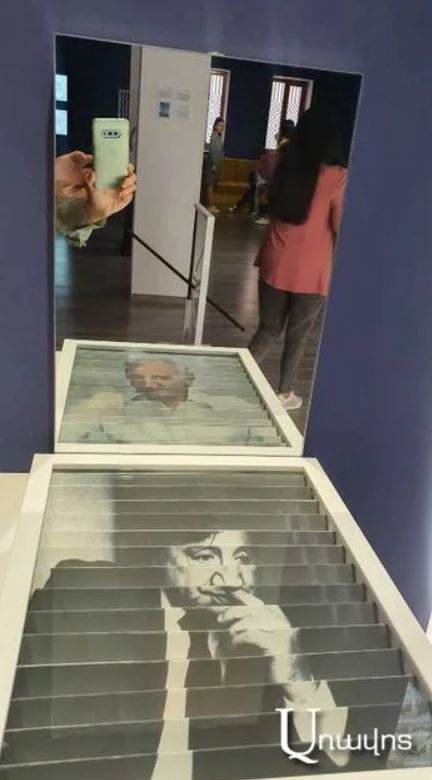The first Museum of Illusions in Armenia was officially opened in Gyumri, where about 50 exhibits based on physics, mathematics, and psychology are displayed. Grisha Amirkhanyan, co-founder of the Museum of Illusions, said in his speech that the idea of creating such a museum came to him and his friend Mesrop Hakobyan three years ago, when they happened to visit such museums abroad. Impressed, they thought of creating such a museum in Armenia as well.
Grisha Amirkhanyan admitted that at first it seemed very easy to establish such a museum, but hard days began. “At first it seemed to us that we would only be able to create a museum in 2-3 months, but then we realized that there are exhibits, each of which needs to be spent 2-3 months. Why did we decide to create the museum in Gyumri?
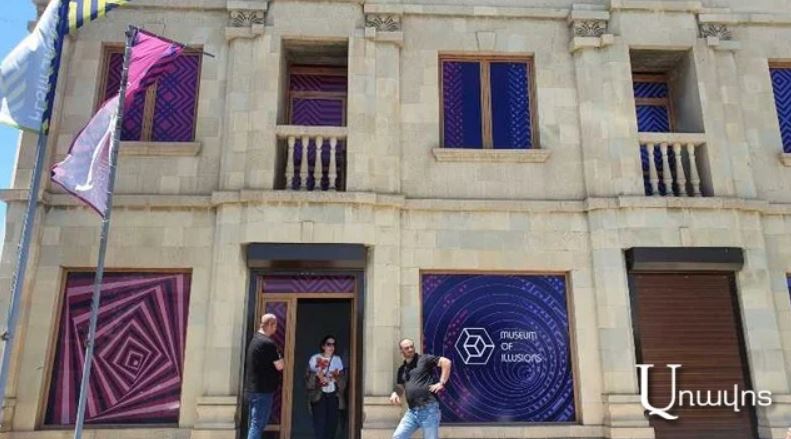
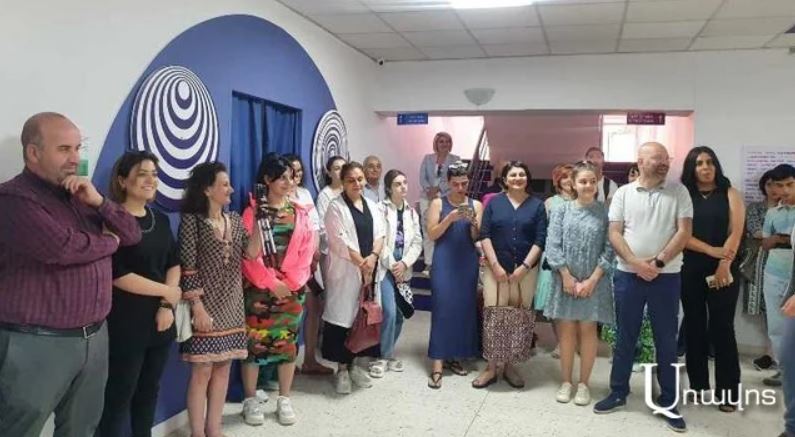
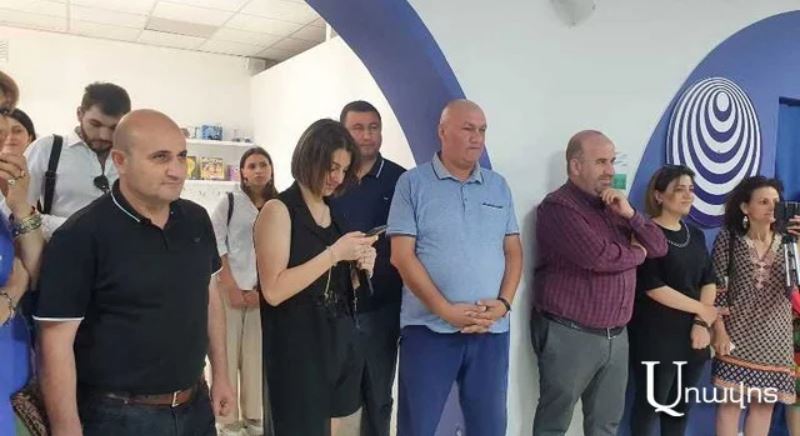
From the beginning, we had two cities in mind, which we envisioned as possible cities for the creation of the museum. One was Yerevan, the other was Gyumri. Finally, we stopped at Gyumri, because the pace of tourism development in Gyumri is developing dangerously fast, but one thing was missing in this city: it was a place of entertainment during the daytime hours. There are many entertainment places in the evening hours, different bands in different restaurants provide very good entertainment, but daytime entertainment seems to be missing.
Read also
Of course, Gyumri is rich in many museums and historical and cultural places, but there is no such entertainment place in Gyumri, and we decided that it should be in Gyumri. The European Union’s “Innovative Tourism and Development of Innovative Technologies” program, which is being implemented for the northern provinces, helped us to make a final stop on Gyumri. And when we saw that grant program, we immediately decided that Gyumri would be that city,” said Grisha Amirkhanyan. The latter said that he is sure that the Museum of Illusions was added to many business cards in Gyumri.
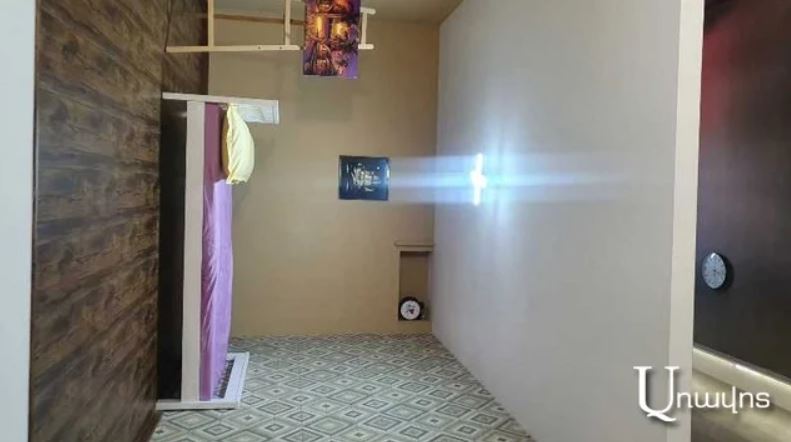
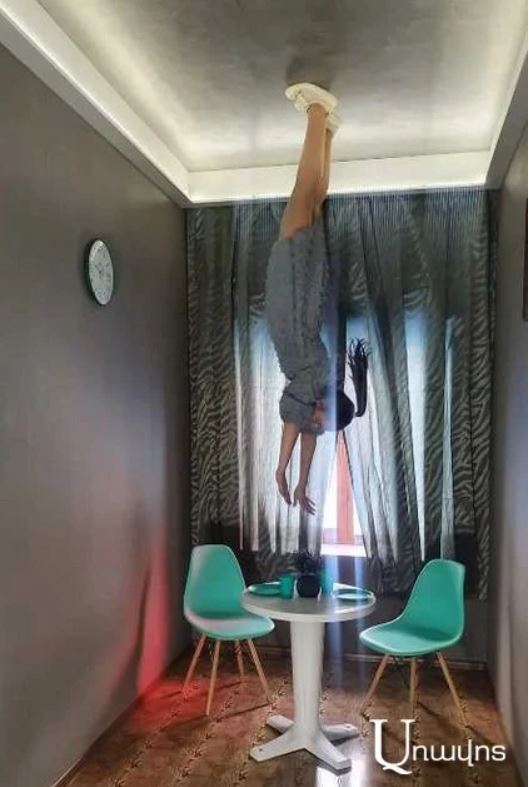
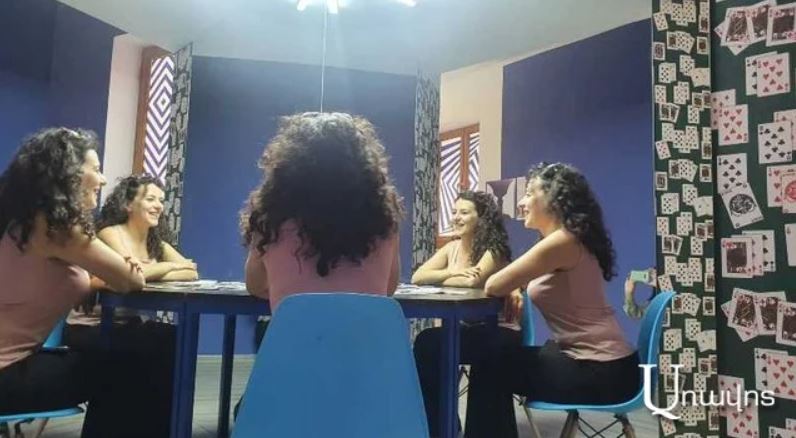
In a conversation with Aravot, Grisha Amirkhanyan detailed that they visited the first such museum in Lithuania, in Vilnius, and after that in many other European countries. Studying the examples of the Baltic countries, Spain, and Croatia, the Armenian concept was created by localizing the best exhibits and, of course, creating local exhibits that are not found in any other country. Our interlocutor notes that they tried to make education entertaining; there is that trend all over the world. “It seems that the exhibits are toys, but behind them is hidden a certain knowledge, a certain phenomenon of science, for example, you try to rotate Newton’s disk and see how the combination of all the colors of the rainbow in rapid motion, as a result of their combination, the white color is obtained. It gives you an additional impulse to go and study what colors are in nature, how colors are created. We are very happy that we receive feedback from students and teachers, who have started to love physics and mathematics much more and ask more questions.
They try to dig deeper when they see the result of this phenomenon in nature. It’s one thing when you see, it’s another thing when you see what you don’t really know. Now, for example, many visitors do not know that the white color is obtained from the mixing of colors,” said our interlocutor. He notes that the future is engineering sciences, and Armenia is not left out. “I think that with our museum we will be able to create an additional interest in information technologies and natural sciences among younger children. As we can see, they create greater value for the state than the humanities,” said Grisha Amirkhanyan, an economist by profession.
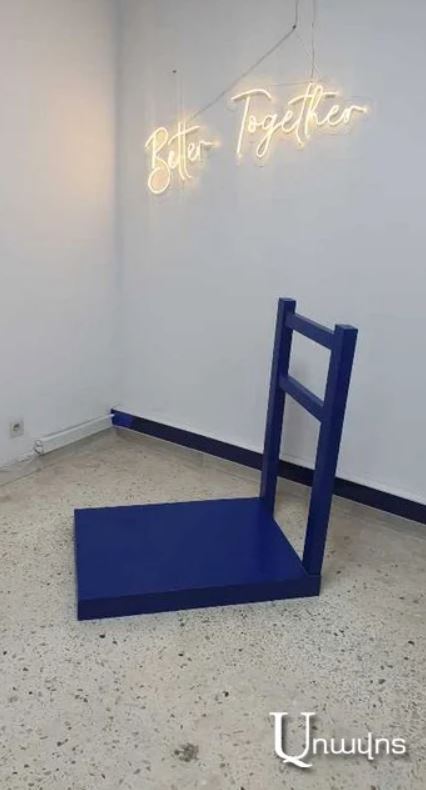
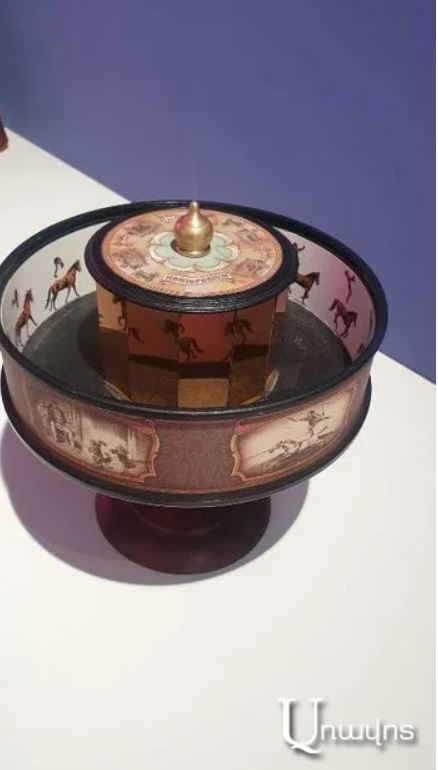
He mentioned that 50 exhibits will be added, and the museum will be enriched. He characterizes the museum as a place that combines entertainment with education, where they get entertainment, positive emotions, and knowledge, and leave the museum with the idea of deepening their knowledge. Visitors come after their emotions. The rooms that seem ordinary at first glance are actually “magical” that surprise, amuse and educate at the same time.
On the second floor of the museum, Mher Mkrtchyan, Frunzik, greets the visitors with a big smile. Approaching his image, you see another image: the 300 pictures of Gyumri’s attractions, with which Frunzik’s image was obtained. A special place in the museum is occupied by physicist and inventor Nikola Tesla’s plasma ball, which is filled with a mixture of rare gases. You can control the light rays inside the glass ball with your hands. One of the exhibits of the museum is the Bouchet chair, which is a famous and very popular visual illusion, with just one simple action you shrink yourself compared to your friend.
Nune AREVSHATYAN



















































